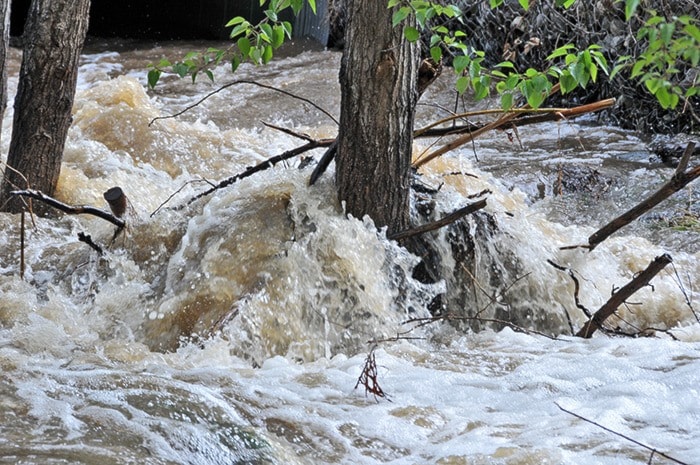Every summer brings bad news for a few unfortunate BC residents who have up close and personal encounters with our abundant - and dangerous - wild inhabitants.
Bears and cougars are becoming more active; coyotes and racoons have been on the prowl all year round here and are being seen more often in town. The camping season is almost upon us and parks are a great place to see wildlife.
It’s important that you know what to do when you encounter wildlife such as bears, cougars, coyotes and wolves in urban areas BEFORE you find yourself face to face with them.
Do not provide food to wildlife. Remain calm and never approach the animal. Always keep the animal in front of you (never turn your back) and back away slowly (never run). Keep children and pets close or pick them up. If possible, bring children and pets indoors.
If the animal appears interested in you or approaches:
Make yourself look as large as possible by waving your arms above your head. Make loud noises, shout at the animal in a loud, aggressive voice or bang pots and pans and throw objects like rocks and sticks.
Under the Wildlife Act, conservation officers can issue a $230 ticket or notice for a court appearance to residents who do not secure attractants. Residents who leave out items that attract dangerous wildlife could also be issued a Dangerous Wildlife Protection Order. Failure to comply with an order carries a $575 fine.
Relocating wildlife is neither viable nor a long-term solution to managing these kinds of conflicts. When wildlife is relocated, it most often returns to conflict situations, or it does not survive as it has to compete with already established populations.
In 2013-14, the Conservation Officer Service received 28,063 calls regarding human-wildlife conflicts. Of those calls, 16,180 involved human-bear conflicts.
A little awareness goes a long way in preventing wildlife interactions that result in injury or death.
Wendy Coomber is editor of the Ashcroft-Cache Creek Journal
